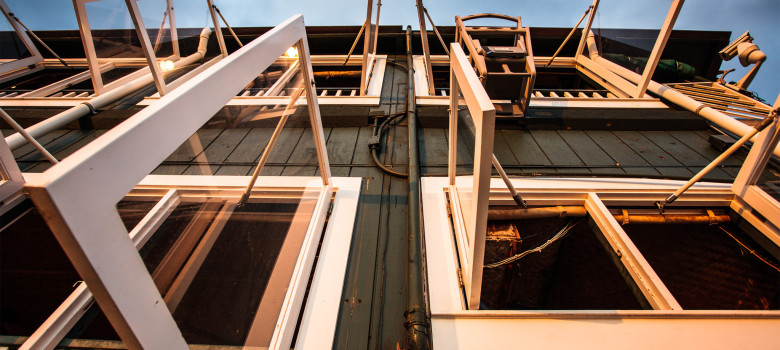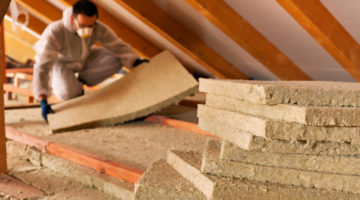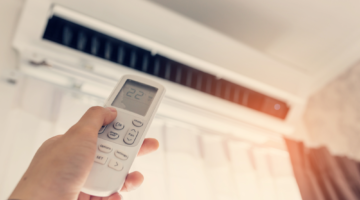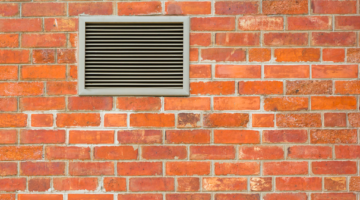
How do we deal with hot weather in the UK? With increasing frequency of heatwaves caused by global warming there are several accompanying problems for homes such as:
- Decreased indoor air quality within the houses
- Decreased thermal comfort of the occupants
- Increased energy consumption for summer cooling, as a result of mechanical ventilation systems and air conditioning
Natural Ventilation as a Solution to Overheating and Air Quality
Natural ventilation focuses on the supply of outside air to reduce the internal temperature of the house and ensure good air quality. The effectiveness of natural ventilation as a cooling strategy depends on the following parameters:
- The house location, as the houses located in the UK could achieve lower temperatures than those in warmer countries.
- The house orientation, as the wind speed and direction could be different depending on the area and the local weather characteristics
- The size and the location of the windows within the house
- The volume of the room that you want to ventilate, as bigger rooms need more air changes per hour to reduce the temperature within a space
- The number of occupants and the amount of lights and electrical equipment, as more people and lights produce more heat reducing the effectiveness of natural ventilation
- The occupant’s behaviour – this could mean things like leaving your computer on during the day, leaving your windows open and what sort of temperature you feel comfortable at.
The last parameter is a key factor because even the houses that have been designed to perform natural ventilation, using the minimum energy for cooling, can fail due to inappropriate occupant behavior. In order to achieve the maximum effect of natural ventilation to your house you can follow one of the next strategies depending on the layout of your house:
- Single sided ventilation can be achieved in rooms that have a single window at just one wall. To use this to best effect, the width of the room should be equal or lower than 2 times the height of the room.
- Cross ventilation can be easily used to each room that has two opposing windows. You can achieve more airflow and a cooler effect by opening both windows rather than just one of them when the width of the room is higher than 2 and less than five times the height of the room.
- Stack ventilation depends on the temperature difference within the space. The hot air is less dense than the cooler air so it has an upward route when the indoor temperature is more than the outside air. So, if your house has roof windows or a chimney a good way to naturally ventilate the space is to open them rather than just opening the lower windows of the house during the hot days.
- Night ventilation is a very effective strategy during the summer months especially when the house has high thermal mass. High thermal mass components, such as the walls, the floor and the roof, can absorb large amounts of heat during summer. This mechanism keeps the house cool during a summer day. However, this amount of heat is released during summer nights. So, night ventilation can remove this heat and precool the house creating a lower temperature for the start of the next hot day.
Practically for a homeowner, the answer is to open your windows at night and allow the building to properly cool, before closing the windows in the morning to allow the building fabric to take up the heat of the new day without heating the air in the home.
So there are a few different methods of natural ventilation and when and where you can use them in your home. Taking advantage of this form of ventilation is going to save you money on air conditioning, reduce your energy use, and help keep you cool!
References:
Natural ventilation in non-domestic buildings, CIBSE Applications Manual AM10:2005
Figure 1: Single sided ventilation, CIBSE AM10: pages 8-20
Figure 2: Cross ventilation, CIBSE AM10: pages 8-20
Think we missed something? Do you have a different opinion?
Comment below to get your voice heard…














No Comments yet! Be the first one.